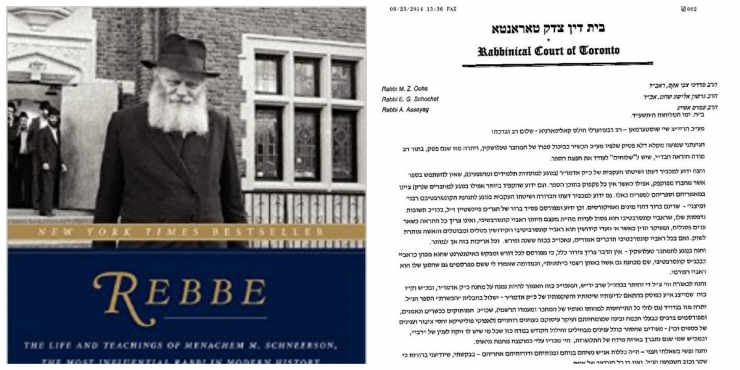Over the joyous Yom Tov of Succos, a 34-year-old man named Joey DiAngello tragically died. His Levaya (funeral) was in Monsey this past Sunday. He was a passionate advocate for abuse prevention and victim's rights, having been molested in a Brooklyn Mikva when he was an innocent seven-year-old child named Yoeli Deutch.
After Joey/Yoeli's burial, a dozen friends of his gathered to share their memories of his all-too-short life. One of the people who spoke was a middle-aged, chassidic man. He softly stated that his son had been abused many years ago and said, "I am terrified that I might be here one day burying my own son."
He said that his family is following the advice they received from Rabbonim and professionals who are knowledgeable in these matters [to give their son "space" and the love/support he needs] even though, "it is very, very difficult for us to do that."
My message to parents, siblings, and loved ones of abuse victims is that you please, please listen to the wise words of that father and support the survivors in every way possible. And to all members of our community, always keep in mind that you never really know what pain and suffering people are contending with.
We are burying far too many of our kids who couldn't deal with the pain and confusion of the childhood abuse that shattered their innocent lives - and for many of them, the support they get from you could be the difference between their life and death.[...]
*MONSEY, N.Y. (PIX11) –* The marker on the freshly-dug grave in the Monsey Cemetery had the name “Joel Deutsch” in Hebrew, the name 34-year old Joe Diangello was given at birth in Williamsburg, Brooklyn.
Diangello had walked away from the Satmar Hasidic community — and his name — at age 17, ten years after suffering what he said was a brutal sexual assault in a mikvah bath on Marcy Avenue.
“I think when that person raped me, he murdered my Jewish soul,” Diangello told PIX11 Investigates in early 2009, when he finally started going public with his story.
Diangello was buried Sunday by members of the Hasidic community, not long after he was discovered dead in his Manhattan apartment by a social worker.
His close friends who became his true support system in recent years, after Diangello’s family rejected his new lifestyle, said he would not have wanted a Monsey funeral.
Diangello certainly stood out in a crowd, with his dyed, jet-black hair, black fingernails, and heavy metal t-shirts.
The cause of death was listed as a drug overdose, but many friends insisted to PIX11 it must have been accidental, since Diangello had been taking a more positive outlook on life.
He was running marathons, working as a medical biller from his apartment, and enjoying Yankee games.
Still, his life was one filled with pain. [...]
Diangello had walked away from the Satmar Hasidic community — and his name — at age 17, ten years after suffering what he said was a brutal sexual assault in a mikvah bath on Marcy Avenue.
“I think when that person raped me, he murdered my Jewish soul,” Diangello told PIX11 Investigates in early 2009, when he finally started going public with his story.
Diangello was buried Sunday by members of the Hasidic community, not long after he was discovered dead in his Manhattan apartment by a social worker.
His close friends who became his true support system in recent years, after Diangello’s family rejected his new lifestyle, said he would not have wanted a Monsey funeral.
Diangello certainly stood out in a crowd, with his dyed, jet-black hair, black fingernails, and heavy metal t-shirts.
The cause of death was listed as a drug overdose, but many friends insisted to PIX11 it must have been accidental, since Diangello had been taking a more positive outlook on life.
He was running marathons, working as a medical biller from his apartment, and enjoying Yankee games.
Still, his life was one filled with pain. [...]










